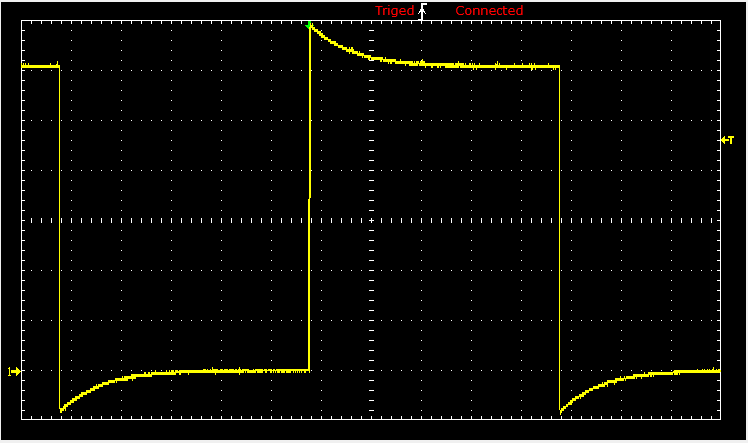Moore--Penrose Inverse
For an arbitrary m×n matrix A and self-adjoint (Hermitian) positive definite matrices M and N of order m and n, respectively, there is a unique matrix n×m matrix G satisfying the following equations:
\[
{\bf A}\,{\bf G}\,{\bf A} = {\bf A}, \quad {\bf G}\,{\bf A}\,{\bf G} = {\bf G} , \quad \left( {\bf M}\,{\bf A}\,{\bf G} \right)^{\ast} = {\bf M}\,{\bf A}\,{\bf G} , \quad \left( {\bf N}\,{\bf G}\,{\bf A} \right)^{\ast} = {\bf N}\,{\bf G}\,{\bf N} .
\]
Matrix G is known as the weighted Moore–Penrose inverse of A and is denoted by A†. In particular, when
m×m matrix M is the identity matrix and n×n matrix N is the identity matrix, the matrix G that satisfies the above conditions is recognized as the Moore–Penrose inverse or pseudoinverse.
- Wei, Y. and Wang, D., Condition numbers and perturbation of the weighted Moore–Penrose inverse and weighted linear least squares problem, Applied Mathematics and Computation, Volume 145, Issue 1, 20 December 2003, Pages 45-58; https://doi.org/10.1016/S0096-3003(02)00437-X
